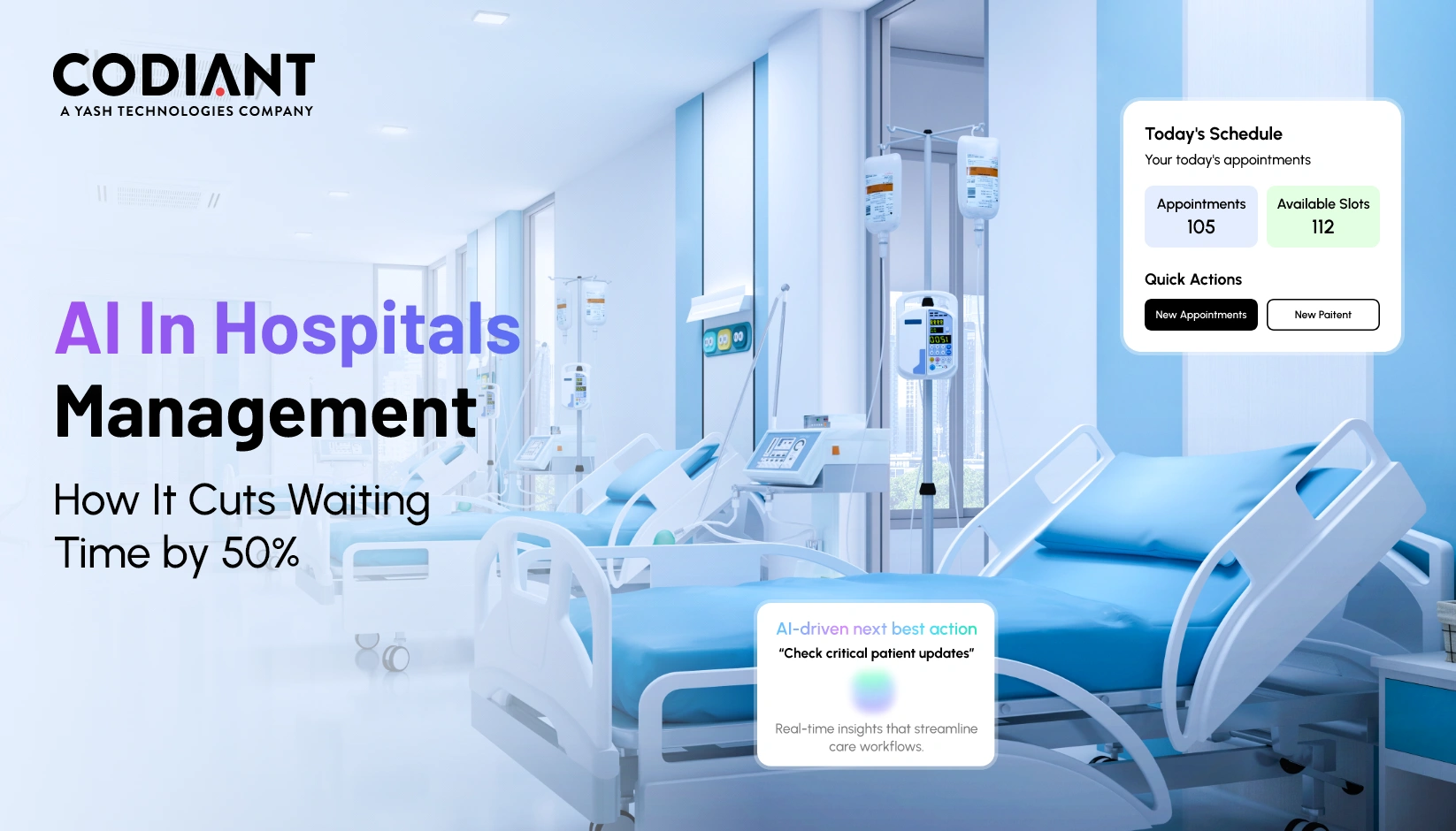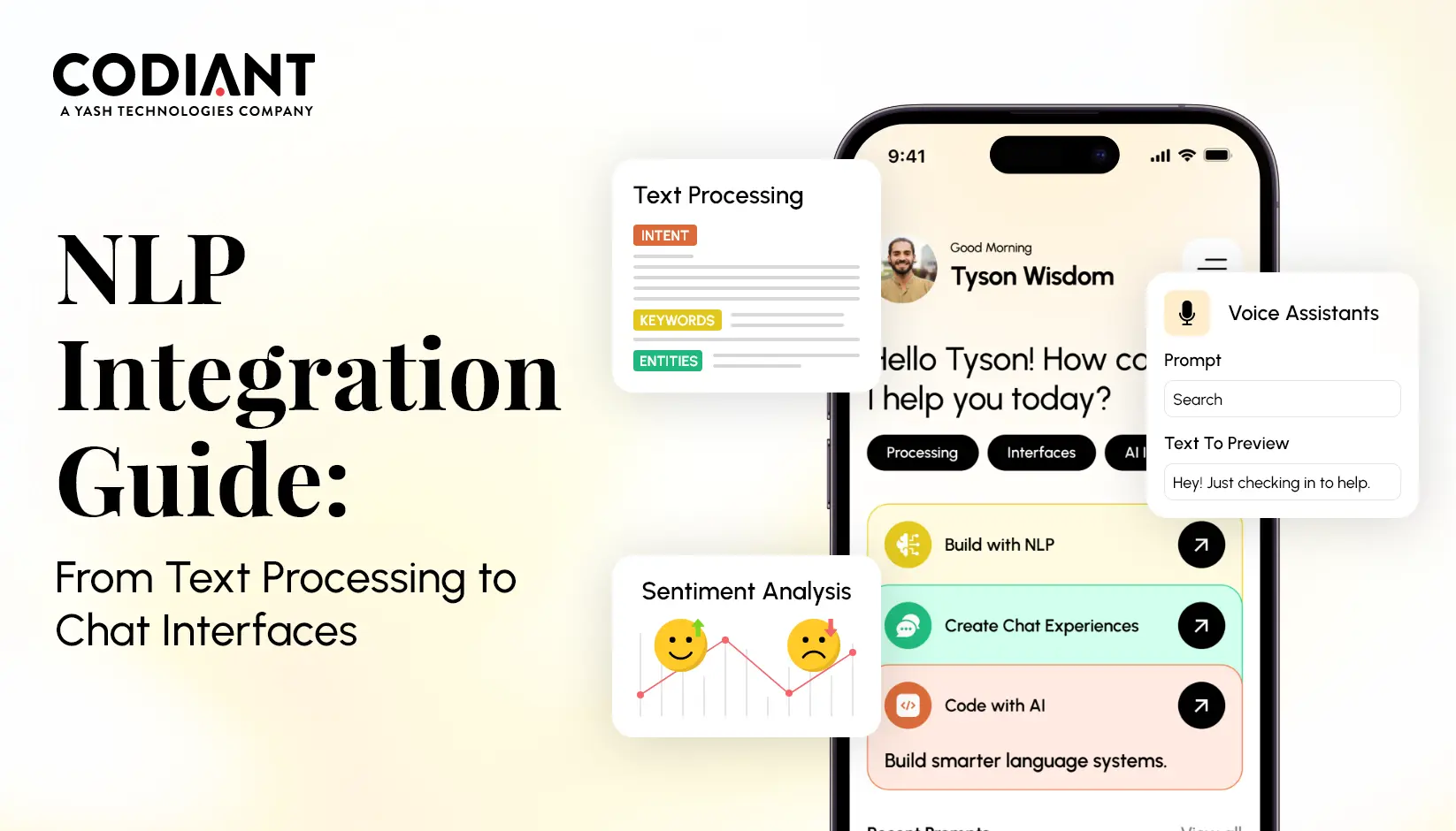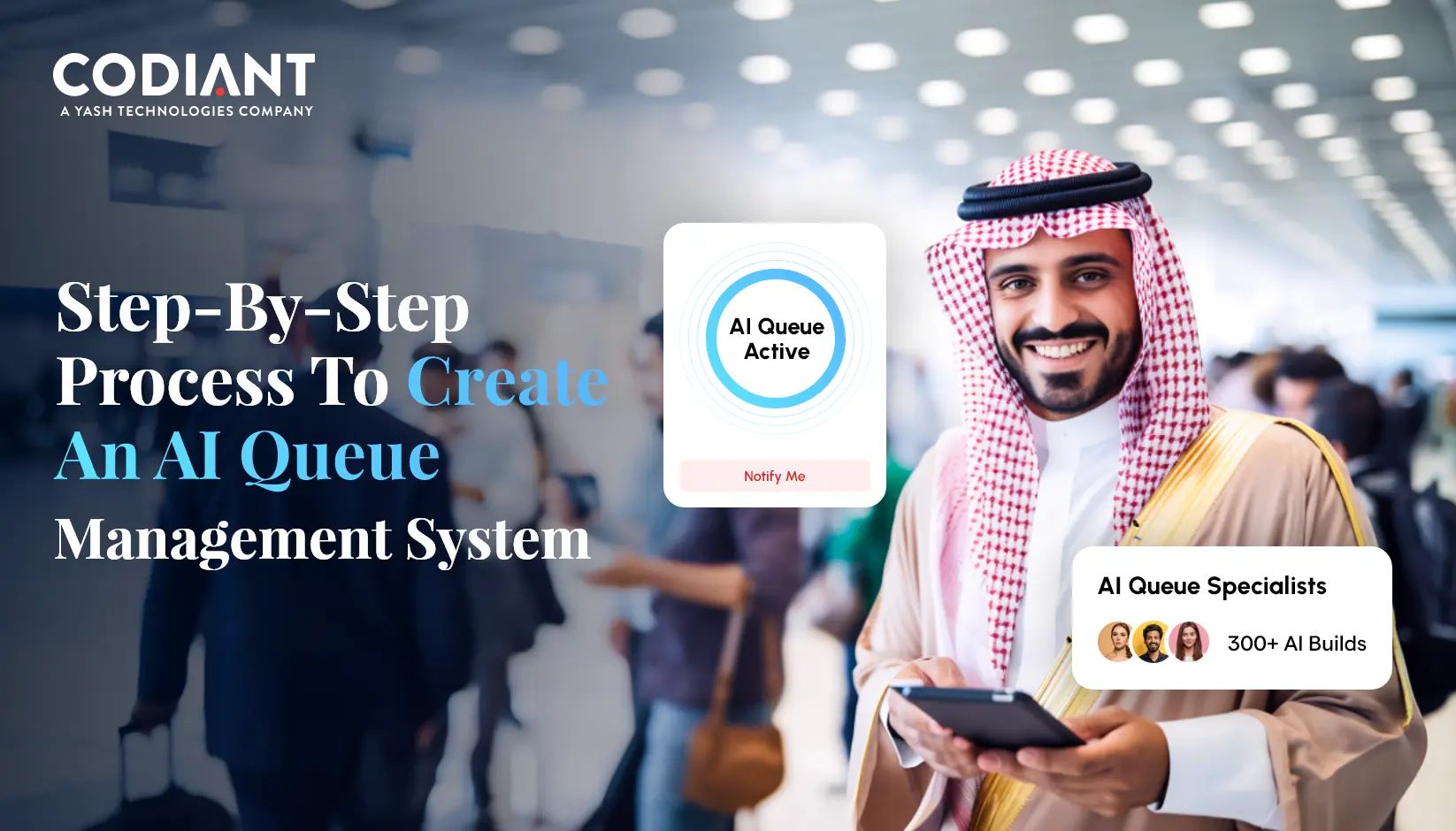
Chatbot Types, Benefits, Development, and Cost Covered AI applications are evolving at an incredible speed with business values at par. Tech-savvy companies are leveraging maximum value from AI to boost revenue, augment business productivity, and innovate business operations. We can’t deny the fact these matured AI outcomes- Chatbots are impacting businesses as well as users’ lives by automating internal business processes and providing virtual assistance.
This increasing usage of conversational interfaces to enrich customer service has made it crucial for organizations to adopt and go for Chatbot app development. Chatbots are automated programs that clarify customer queries, assist in product-related information, help in ordering items, and even book an appointment by interacting intelligently with customers. While there are many use cases, benefits, and types of Chatbots helping businesses at different levels, let us consider the levels one by one and then walk through the features in detail and consider chat development cost.
Let’s start with the types of Chatbots:

There are a total of 5 types of Chatbots businesses can consider with use cases after identifying their needs and functionalities they are looking to incorporate.
1. Support Chatbots
Support chatbots are designed to walk customers through business processes and answer their most common or frequently asked questions. Mostly used in industries like retail or eCommerce, healthcare, marketing, etc. these chatbots use deep learning and natural language processing to perform actions. Brands like TechCrunch, Nike Shoes, Sephora, Whole Foods, and Burberry uses support bots for use cases like customer service, eCommerce recommendations, food ordering, and FAQs.
At Codiant, we have developed multiple support bots and integrated them into our client’s on-demand online food ordering apps and eCommerce apps to help resolve customer queries.
2. Skills Chatbots
Integrated with speech recognition functionality and robust NLP features, Skill chatbots follow quick user instructions to complete a task. For instance, take Amazon’s Alexa and Google Assistant- designed for better user engagement these bots extract information from the message sent through conversation channels like switching ON the light, telling the temperature, putting on the music, etc. and quickly resolving the demand.
3. Assistant Bots
The virtual assistant bots are chat windows that can be placed on websites, apps, and inside smart speakers in our homes to answer questions. The major type of assistant bots is the voice assistant. They use voice recognition, speech synthesis, and NLP to provide the service.
The best example can be digital assistants like Apple’s Siri, Amazon’s Alexa, Cortana, and Hey Google used in household conversations that are used in sending messages, setting reminders, creating calendar entries, checking flight status, setting alarms, playing music, and more.
4. Transactional Bots
Transactional bots help streamline customer transactions and monetize marketing efforts. Like data-driven shopping conversations helps customers by offering personalized shopping experience, asking buyers targeted questions, and helping in order placements. The US coffee chain Starbucks is an apt example of using transactional bots for sales and marketing. It suggests users’ products based on previous consumer behavior and helps them place and process their orders. Lyft taxi booking app lets users book taxis through a messenger bot.
5. Informational Bots
The informational chatbots use cognitive services to learn a knowledge set and answer more open-ended questions. In other words, you can train chatbots with relevant knowledge or a vast amount of information and then these bots can answer to response user queries. For example, this chatbot is trained to search Wikipedia to find answers for you. Mostly found in education sectors, corporate training as well as research-based tasks, these bots can extract information and learn internet resources like ebooks, and websites.
Why does your Business Need A Chatbot? Unlock the Benefits
- Chatbot development helps in lead generation, qualification, and lead nurturing.
- Helps to run your business 24*7 by offering round-the-clock customer assistance.
- Increase customer engagement and customer retention with data insights.
- Track purchasing patterns and consumer behaviors by monitoring user data.
- Chatbots handle customer care problems in multiple languages which helps companies to scale up operations to new markets.
- Implementing a fully functional chatbot helps in saving costs and cutting down labor overheads.
- Achieve a higher conversion rate by zero waiting time that doesn’t let your customers change their minds.
Top Industries Using Bots
- Healthcare– Fitbit, HealthTap, BabyCenter
- Fashion & Retail– H&M, Vogue, Burberry, Victoria’s Secret
- Beauty– Sephora, Estee Lauder, Covergirl
- eCommerce– eBay, Casper, Nordstrom
- Food & Beverage– Starbucks, Burger King, Pizza Hut, Whole Foods, Opentable, Dominos
- Entertainment– Disney, Marvel, Activision, Barbie, Universal
- Finance– Bank of America, Capital One, PayPal
- Automotive– Uber, Lyft, Ford, KIA, Hyundai
- Hospitality– Airbnb, Expedia, KAYAK, Hotels.com, British Airways
How to Develop a Chatbot?
There are two types of Chatbot categories you can consider while going for chatbot app development:
1. In-App Chatbot Development
These types of bots are implemented within the mobile app for performing specific functions i.e. automating any type of interaction between user and application.
2. Chatbot Functioning In Messenger
These types of chatbots reside within the messenger and support bot interactions. Businesses that do not have standalone mobile applications and are willing to operate their business through social channels like Facebook should adopt this business model.
The App Composition Required To Build a Chatbot
What goes behind chatbot app development? What stages are involved when you hire a chatbot app development company? How does the cost analysis and breakdown work in the stages of development? Have a look at the development stage of implementing a chatbot app.
1. Backend Development
The general function of the backend system is to collect, organize, and handle the user conversations coming from different channels in the form of texts and voices and process them intelligently with ML-based bots like LUIS by Azure, and Api.ai by Google. This development leverages Node.js and takes advantage of the NoSQL database and storage services available on their respective cloud platforms.
2. NLP Integration
This step requires creating endpoints to integrate the NLP with all specific channels. The integration process involves tasks like Facebook channel integration and setup/channel-specific UI configuration, UI configuration. NLP integration helps in improving user experience, automating support, monitoring, and analyzing feedback.
3. Natural Language Understanding
To decode the users’ messages received from various channels you need to implement natural language processing services. After setting up NLP services with basic expressions, training is held on existing data using tools like LUIS, Api.ai, and IBM Watson, and data extraction and validation is done from NLP entities using technologies like Node.js and.net.
4. Conversational Intelligence
To ensure intelligent conversations, Chabot developers create an algorithm for each conversation using deep learning. This algorithm controls the conversation by intent extraction and builds a hierarchy based on semantic relations with the underlying database which empowers bots to become smart for knowing the user’s intent instead of expecting exact keywords and then fascinating users with their intelligence.
For example:
User: What is the weather like in Chicago?
Bot: It’s breezing! The weather in Chicago is 80° Fahrenheit
User: Do you think it will be cloudy tomorrow as well?
Bot: According to my data, it should be sunny tomorrow!
5. Integrations
Now depending upon the client’s business requirements which may range from marketing and sales, supply chain, customer assistance, HR and so on the integration is done. The integration here involves factors like business logic validation, operations, and rules. 
The Total Cost Required to Build a Chatbot App Summing up all the features and specific developmental stages of chatbot apps discussed above, the total chatbot development cost for a bot ranges from $25,000 to $30,000. Since the cost varies with the chatbot app development company you hire, you can anytime contact us, to discuss the features, tech stack, and the associated cost to develop the individual functionalities. Our business development team would be glad to help you with a free estimate.







